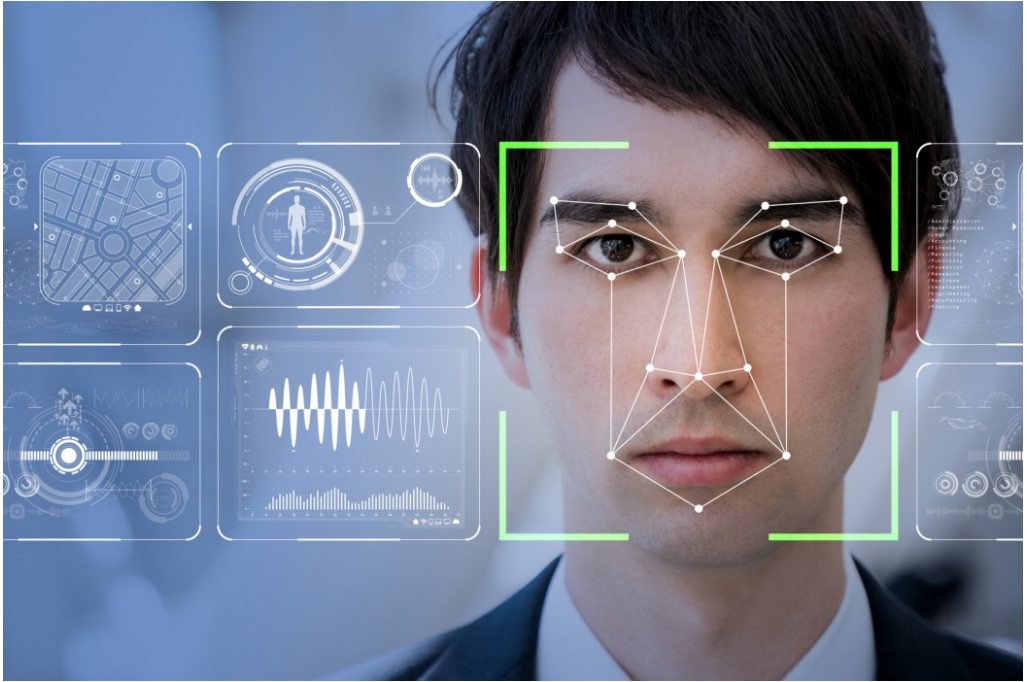The Best Open Source AI Projects for Beginners - Open Source For...
Open source AI projects offer an excellent opportunity for beginners to dive into the field of artificial intelligence. These projects come equipped with practical implementations and real-world applications, allowing newcomers to develop essential skills in AI.
Benefits of Open Source AI for Beginners
Open source AI serves as a valuable learning platform for beginners, providing free tools that facilitate hands-on experience and community collaboration. Unlike closed, proprietary systems, open source AI encourages experimentation and knowledge-sharing, helping individuals explore diverse AI applications and customize projects to suit their requirements.
One of the key advantages of open source AI projects is the abundance of available resources such as documentation, tutorials, and forums where beginners can seek support and guidance. By actively engaging with these projects, novices can enhance their technical expertise and confidence in AI development.
Prerequisites for Beginners
Prior to delving into open source AI projects, beginners should have a basic grasp of Python and popular AI libraries like TensorFlow, OpenCV, and Hugging Face. These tools form the foundation for various AI applications ranging from image recognition to natural language processing.

To discover open source AI projects, platforms like GitHub, Kaggle, and the Hugging Face Model Hub serve as valuable resources. These platforms host a plethora of AI projects, datasets, and pretrained models that beginners can explore and experiment with.
Engagement and Contribution
Contributing to open source AI projects can be as straightforward as fixing documentation errors, enhancing model performance, or creating tutorials. In addition to boosting learning, active involvement in open source initiatives helps individuals establish credibility within the AI community.
Mini Projects for Beginners:
1. Teachable Machine: A no-code AI platform that simplifies image, audio, and pose recognition. Beginners can create an image classifier for hand gestures using Teachable Machine by following these steps:
- Visit Teachable Machine website
- Upload hand gesture images (e.g., thumbs up, thumbs down)
- Train the model using Teachable Machine’s interface
- Export the model and integrate it into a web or mobile application
2. Pre-Trained NLP Models: Provides pre-trained NLP models for tasks like sentiment analysis and text classification. Beginners can analyze sentiment from Twitter data using a pre-trained model.
3. OpenCV: A popular library for image and video processing, widely used in AI-driven applications. Beginners can experiment with face detection using OpenCV and Python.
4. Neural Network Training: Simplifies neural network training with pre-built modules, making it easier for beginners to train AI models with minimal coding. Beginners can train an image classifier in a few lines of code.
5. Rasa: An open source conversational AI framework for building intelligent chatbots. It supports rule-based and machine-learning-driven approaches for natural conversations. Beginners can predict customer churn using structured data with Rasa.

Applications of AI Technology
AI technology has a wide range of applications, including medical image analysis for disease detection, language translation using open source models, and AI-assisted resume screening for HR purposes. These advancements highlight the versatility and impact of AI in various industries.
Open source AI projects provide an ideal platform for beginners to explore, learn, and contribute to the evolving AI landscape. By leveraging platforms like GitHub and Kaggle, individuals can access practical projects, collaborate with experts, and enhance their AI skills. Embracing open source AI is a crucial step towards becoming proficient in AI development.




















